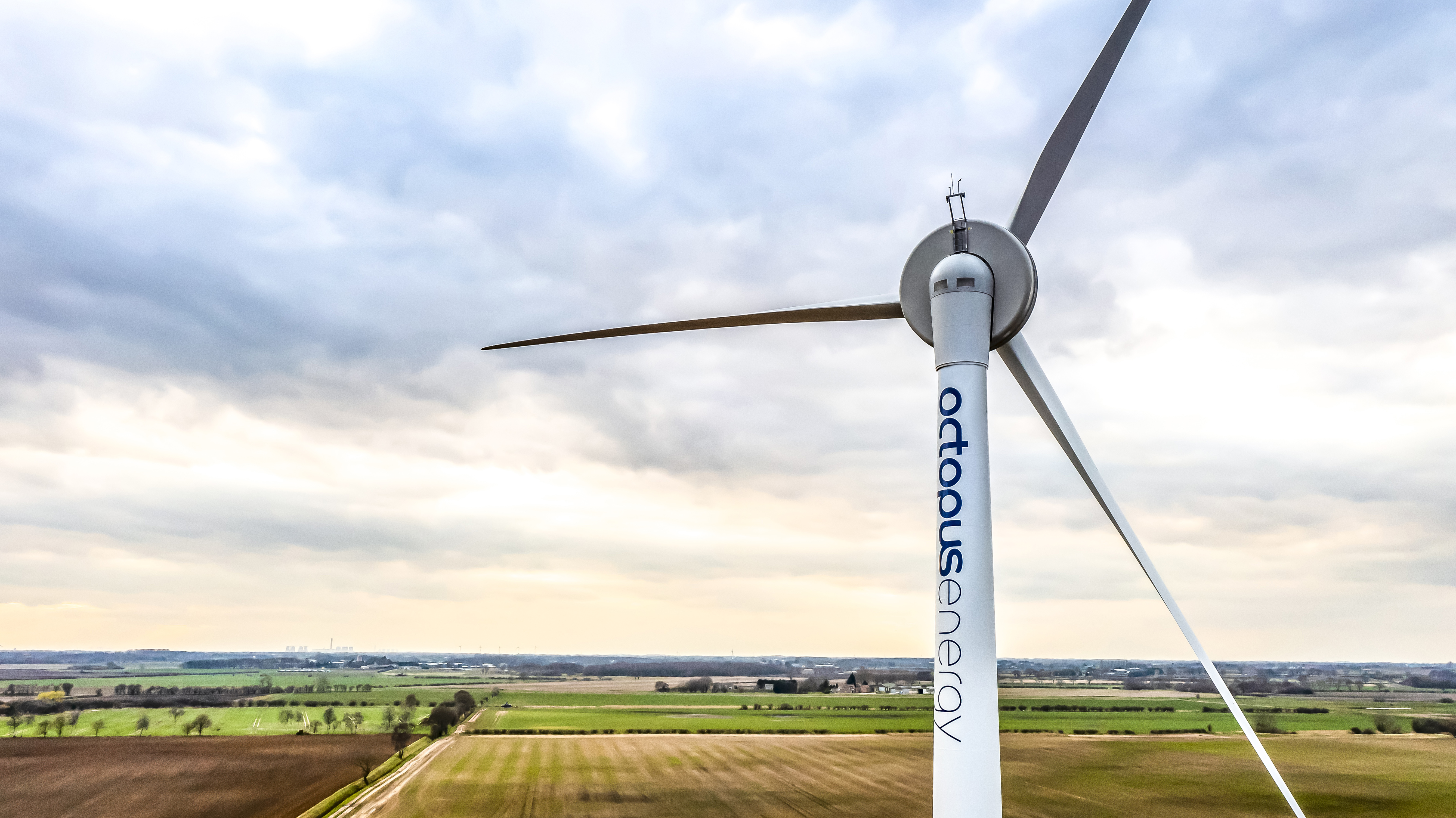Global climate finance hit an all-time high of $1.9trin 2023, with early data indicating that climate finance exceeded $2tr for the first time in 2024.
The figures come from CPI’s Global Landscape of Climate Finance (GLCF) report, that demonstrate growth in climate finance picking up pace, particularly between 2021 and 2023. Annual investments increased by an average of 26 per cent in that period, compared to 8 per cent from 2018 to 2020.
At the current rate, meeting $6tr, the most conservative estimate of required climate investment, may be reachable by 2028, especially if redirection of flows from high-emission sectors to climate-aligned activities accelerates.
Climate mitigation finance more than doubled, largely driven by significant private investment in renewable energy in advanced economies and China, alongside growing finance for transport electrification and energy-efficient buildings.
Private climate finance contributions crossed $1tr for the first time in 2023, increasing by more than 50 per cent compared to 2022. Households were the largest private contributors, investing in electric vehicles, solar water heaters, and renewable-energy-powered HVAC systems. Such action sought to shield against rising energy costs, particularly in Western Europe. Commercial investment increased by 60 per cent in 2023 compared to 2022, most notably in solar PV and onshore wind in the Middle East and Latin America and Caribbean.
However, public climate finance fell by around 8 per cent between 2022 and 2023, amid constrained domestic budgets post pandemic.
Full report here.
© 2019 Perspective Publishing Privacy & Cookies






Recent Stories